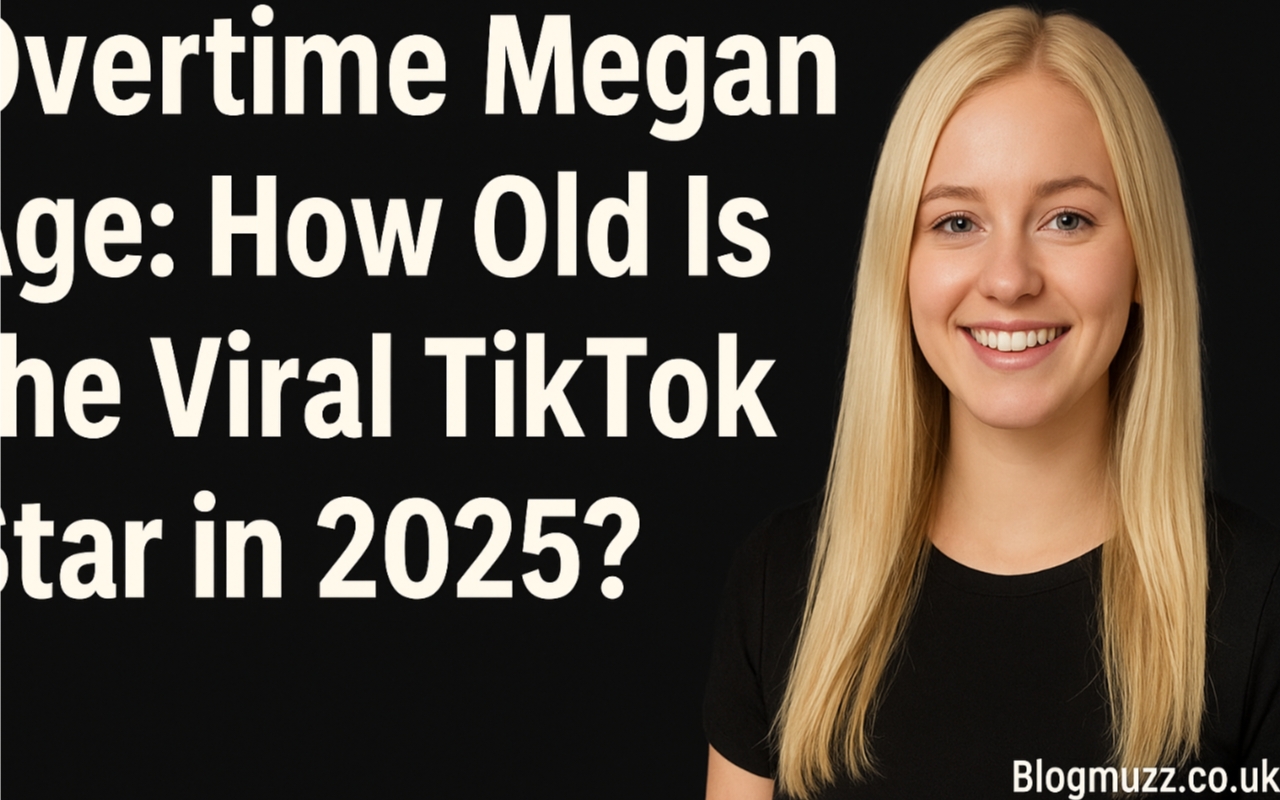Introduction to Eddie Kurland
Eddie Kurland is a character who has recently sparked curiosity among fans of The Offer, the Paramount+ limited series that dramatizes the making of The Godfather. In the show, Eddie Kurland emerges as a significant supporting figure, closely associated with Al Ruddy, the real-life producer of The Godfather. But as viewers followed Eddie’s journey throughout the series, many began to ask themselves: was Eddie Kurland a real person, or was he purely a fictional creation intended to serve a storytelling purpose? This article explores the origins of Eddie Kurland, his role in The Offer, and how his presence adds to the narrative surrounding one of Hollywood’s greatest films.
Who Is Eddie Kurland in The Offer?
In The Offer, Eddie Kurland is introduced as a young, ambitious talent who becomes connected to Al Ruddy. Over the course of the series, Eddie transforms from a relatively inexperienced figure into someone who is involved in larger Hollywood projects. The show depicts him as being a kind of mentee to Ruddy, learning the ropes of Hollywood, navigating the highs and lows of the industry, and eventually branching out with his own ambitions. His storyline touches upon themes of loyalty, ambition, and the blurred lines between fiction and reality that characterize much of The Offer itself. For viewers unfamiliar with Hollywood history, Eddie Kurland seems like a character who might have been real—perhaps an unsung behind-the-scenes contributor to The Godfather or other iconic films.
The Fictionalization of Eddie Kurland
Despite the authenticity of The Offer in capturing many details of the making of The Godfather, Eddie Kurland is not a documented historical figure in Hollywood’s archives. Unlike Al Ruddy, Francis Ford Coppola, or Mario Puzo, whose involvement in The Godfather is well-documented, Eddie Kurland appears to be a composite or entirely fictional character. His creation serves the narrative by allowing the writers to provide a fresh perspective, someone who audiences can follow as they themselves are learning about Hollywood’s inner workings. This is a common technique in dramatized historical storytelling: inventing characters who act as narrative conduits without needing to strictly adhere to factual history.
Why Create Eddie Kurland as a Character?
The inclusion of Eddie Kurland in The Offer raises an important question: why invent a character in a show that otherwise aims to portray real events? One possible reason is that Eddie provides narrative balance. Historical dramas often struggle with pacing and accessibility because real-life figures might be too complex or too well-known to resonate as an entry point for audiences. By inserting a fictionalized character, the writers gain flexibility. Eddie’s personal journey can reflect the broader struggles of Hollywood newcomers—balancing ambition, loyalty, and survival—while not contradicting or oversimplifying the lives of actual historical figures. In this way, Eddie Kurland becomes a symbolic figure, representing the countless dreamers who entered Hollywood during the 1970s, most of whom never became household names.
Eddie Kurland’s Relationship with Al Ruddy
One of the most compelling dynamics in The Offer is Eddie’s relationship with Al Ruddy. Ruddy, as the producer of The Godfather, had immense responsibilities and was constantly navigating political, financial, and creative challenges. Eddie, by contrast, provides a fresh, youthful presence who admires Ruddy and learns from him. Their mentor-mentee dynamic adds emotional depth to the series, showing not just the making of a film but also the human connections formed in Hollywood. Although Eddie himself is not real, his interactions with Ruddy help dramatize the weight of Ruddy’s choices and the pressures of leading such a groundbreaking project.
How Eddie Kurland Symbolizes Hollywood Aspirations
Eddie Kurland can also be understood as a symbolic figure, embodying the aspirations of countless individuals who entered Hollywood in the hopes of achieving success. The early 1970s were a period of immense change in the film industry: traditional studio power was waning, independent voices were emerging, and iconic filmmakers like Coppola and Scorsese were redefining cinema. Eddie represents the many “could-have-beens” of Hollywood—those who might have brushed shoulders with greatness, learned from industry legends, and dreamed of making their own mark. By embedding Eddie within this larger cultural and cinematic context, The Offer not only entertains but also pays homage to the broader ecosystem of Hollywood dreamers.
Historical Accuracy Versus Creative License
Whenever Hollywood produces dramatizations of real events, debates about accuracy inevitably arise. With The Offer, the blending of fact and fiction is part of its allure, but it also creates confusion for viewers who wonder what really happened. Eddie Kurland’s presence exemplifies this tension. On one hand, the show depicts actual figures like Francis Ford Coppola, Mario Puzo, and Robert Evans with painstaking detail. On the other hand, it introduces figures like Eddie, who never existed, to push the narrative along. This blending of truth and invention is not unique to The Offer; it reflects a broader storytelling approach in Hollywood, where emotional truth often takes precedence over factual precision. Eddie, therefore, serves as a reminder that dramatizations must be approached with both curiosity and critical thinking.
Audience Reactions to Eddie Kurland
Viewers of The Offer have expressed mixed reactions to Eddie Kurland. Some appreciate his presence, enjoying how he adds a human dimension to the story of The Godfather’s making. Others, however, find his character confusing or unnecessary, especially once they realize that Eddie does not exist in real Hollywood history. Nevertheless, this diversity of reactions underscores the effectiveness of Eddie as a narrative device: he provokes discussion, deepens audience engagement, and forces viewers to grapple with the boundaries between fiction and history.
The Broader Trend of Composite Characters
Eddie Kurland is not the first fictional character to be inserted into a dramatization of historical events. Film and television frequently use composite characters to streamline complex histories. In The Social Network, for example, certain characters represented amalgamations of multiple real individuals. Similarly, in Chernobyl, some characters were fictional creations designed to represent broader groups of people. Eddie fits within this tradition, functioning as a creative shortcut that makes storytelling more engaging while also raising questions about historical authenticity. Understanding Eddie in this context allows us to better appreciate The Offer as a dramatization rather than a documentary.
Conclusion: Eddie Kurland as a Narrative Bridge
In the end, Eddie Kurland may not be a real person, but his role in The Offer is far from insignificant. He acts as a narrative bridge, connecting audiences to the complex world of Hollywood in the 1970s while providing a relatable entry point into the story of The Godfather. By embodying the hopes, struggles, and ambitions of Hollywood outsiders, Eddie represents more than just a fictional character—he symbolizes the many untold stories of those who tried to make it in the industry. While audiences may continue to debate his necessity, there’s no denying that Eddie Kurland enriches the viewing experience, reminding us that history is often told not only through facts but also through the art of storytelling.



